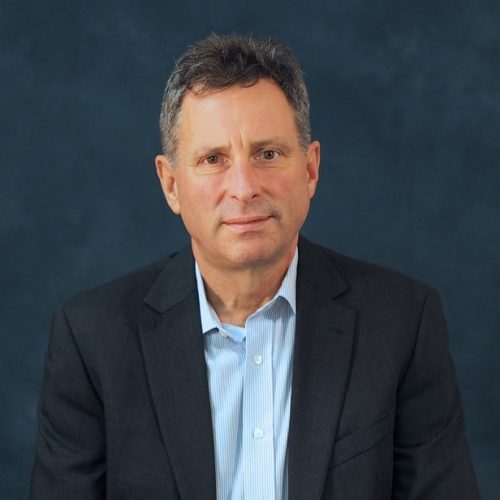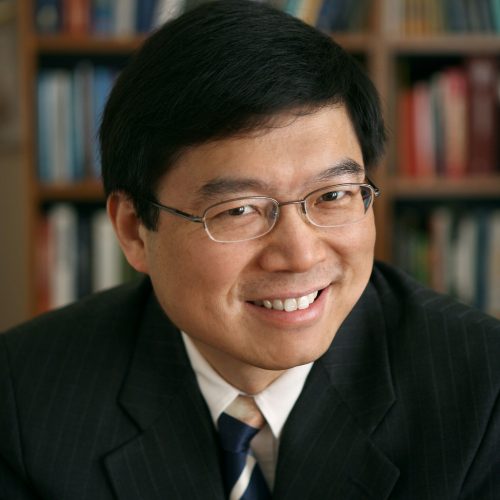We are delighted to announce these Illustrious Keynote Speakers have been confirmed for IEEE IUS 2019:

Prof Jon Cooper
University of Glasgow, UKProfessor Jon Cooper holds The Wolfson Chair in Biomedical Engineering and is a University Vice Principal. He is an EPSRC Senior Research Fellow and holds a European Research Council Advanced Programme Grant. His major research interests are in medical diagnostics and imaging, with a track record of spin-out and translation of devices into industry and practice.
He has served on successive research assessment engineering panels (RAE2008, REF2014 and REF2021). He was elected as a Fellow of the Royal Academy of Engineering (UK’s national academy of engineering) as well as a Fellow of the Royal Society of Edinburgh (Scotland’s national academy of arts, humanities and sciences).

Prof Lihong Wang
California Institute of Technology, USALihong Wang earned his Ph.D. degree at Rice University, Houston, Texas under the tutelage of Robert Curl, Richard Smalley, and Frank Tittel. He is Bren Professor of Medical Engineering and Electrical Engineering at California Institute of Technology. His book entitled “Biomedical Optics: Principles and Imaging,” one of the first textbooks in the field, won the 2010 Joseph W. Goodman Book Writing Award. He also edited the first book on photoacoustic tomography and coauthored a book on polarization. He has published 495 peer-reviewed articles in journals, including Nature (Cover story), Science, PNAS, and PRL, and has delivered 500 keynote, plenary, or invited talks. His Google Scholar h-index and citations have reached 123 and 63,000, respectively. His laboratory was the first to report functional photoacoustic tomography, 3D photoacoustic microscopy, photoacoustic endoscopy, photoacoustic reporter gene imaging, the photoacoustic Doppler effect, the universal photoacoustic reconstruction algorithm, microwave-induced thermoacoustic tomography, ultrasound-modulated optical tomography, time-reversed ultrasonically encoded optical focusing, nonlinear photoacoustic wavefront shaping, compressed ultrafast photography (10 trillion frames/s, world’s fastest real-time camera), Mueller-matrix optical coherence tomography, and optical coherence computed tomography. In particular, photoacoustic imaging broke through the long-standing diffusion limit on the penetration of optical imaging and reached new depths for noninvasive biochemical, functional, and molecular imaging in living tissue at high resolution. He chairs the annual conference on Photons plus Ultrasound, the largest conference at Photonics West. He was the Editor-in-Chief of the Journal of Biomedical Optics. He received the NIH’s FIRST, NSF’s CAREER, NIH Director’s Pioneer, NIH Director’s Transformative Research, and NIH/NCI Outstanding Investigator awards. He also received the OSA C.E.K. Mees Medal, IEEE Technical Achievement Award, IEEE Biomedical Engineering Award, SPIE Britton Chance Biomedical Optics Award, Senior Prize of the International Photoacoustic and Photothermal Association, and OSA Michael S. Feld Biophotonics Award. He is a Fellow of the AIMBE (American Institute for Medical and Biological Engineering), Electromagnetics Academy, IEEE (Institute of Electrical and Electronics Engineers), OSA (Optical Society of America), and SPIE (Society of Photo-Optical Instrumentation Engineers) as well as a Foreign Fellow of COS. An honorary doctorate was conferred on him by Lund University, Sweden. He was inducted into the National Academy of Engineering.
View Abstract: World’s Deepest-Penetration and Fastest Optical Cameras: Photoacoustic Tomography and Compressed Ultrafast Photography